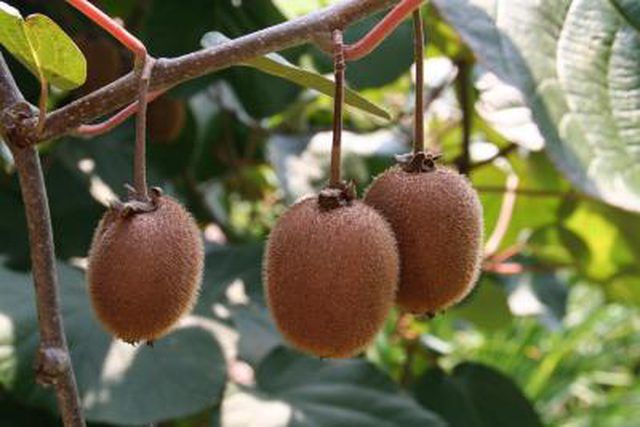Bulbs
Flower Basics
Flower Beds & Specialty Gardens
Flower Garden
Garden Furniture
Garden Gnomes
Garden Seeds
Garden Sheds
Garden Statues
Garden Tools & Supplies
Gardening Basics
Green & Organic
Groundcovers & Vines
Growing Annuals
Growing Basil
Growing Beans
Growing Berries
Growing Blueberries
Growing Cactus
Growing Corn
Growing Cotton
Growing Edibles
Growing Flowers
Growing Garlic
Growing Grapes
Growing Grass
Growing Herbs
Growing Jasmine
Growing Mint
Growing Mushrooms
Orchids
Growing Peanuts
Growing Perennials
Growing Plants
Growing Rosemary
Growing Roses
Growing Strawberries
Growing Sunflowers
Growing Thyme
Growing Tomatoes
Growing Tulips
Growing Vegetables
Herb Basics
Herb Garden
Indoor Growing
Landscaping Basics
Landscaping Patios
Landscaping Plants
Landscaping Shrubs
Landscaping Trees
Landscaping Walks & Pathways
Lawn Basics
Lawn Maintenance
Lawn Mowers
Lawn Ornaments
Lawn Planting
Lawn Tools
Outdoor Growing
Overall Landscape Planning
Pests, Weeds & Problems
Plant Basics
Rock Garden
Rose Garden
Shrubs
Soil
Specialty Gardens
Trees
Vegetable Garden
Yard Maintenance
Difference in Male & Female Kiwi Plants
Difference in Male & Female Kiwi Plants. Kiwifruit belong to the genus Actinidia. Earlier known as the Chinese gooseberry, these woody, perennial vines or creepers originated in China. According to the Ohio State University Extension Office, pollination requires one male plant for every eight female plants.
Kiwifruit belong to the genus Actinidia. Earlier known as the Chinese gooseberry, these woody, perennial vines or creepers originated in China. According to the Ohio State University Extension Office, pollination requires one male plant for every eight female plants.
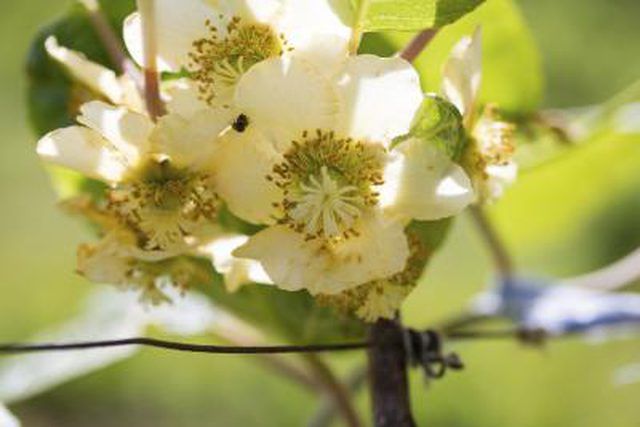
Kiwifruit plants are part of the dioecious population with separate male and female plants. "Dioceious" refers to the Greek word for "two households." Male plants produce pollen, but no seeds. Female plants produce ovules or seeds, but no pollen. Pollination requires both female and male kiwi plants to set the fruit of the female plants.

Male or androecious kiwi plants have a reproductive organ that includes a stalk or filament, an anther and pollen sacs. The pollen can spread by air or bees to the receptive female kiwi plant. Males lack the stigma of the female plants, or have undeveloped stigmas.
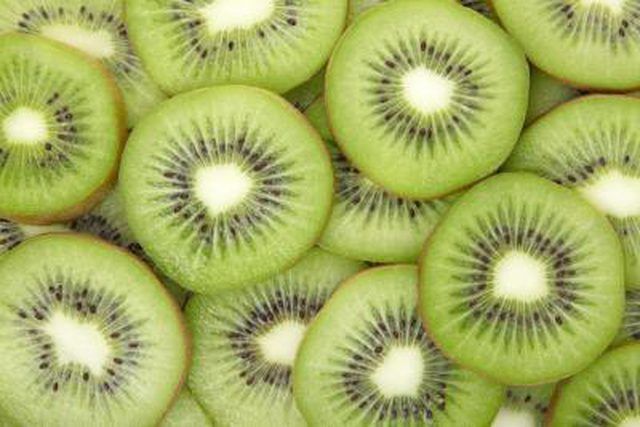
Female or gynoecious kiwi plants contain a tube-shaped style that consists of the ovary, a pollen tube and a stigma. A stigma is the tip that collects pollen during pollination.
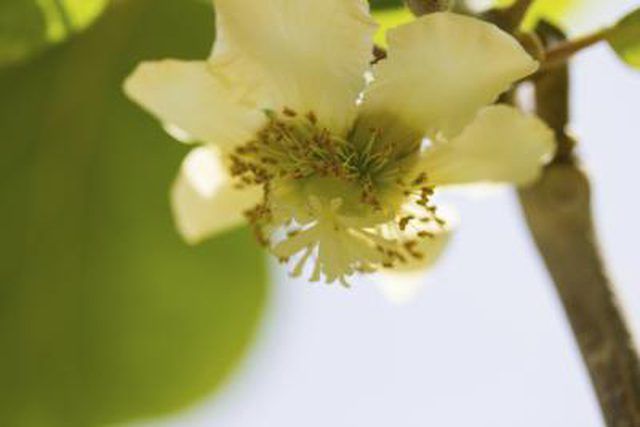
Because male plants do not produce fruit, they can grow vigorously. After flowering, male plants need pruning. During dormancy, no pruning is required for maximum flowering.
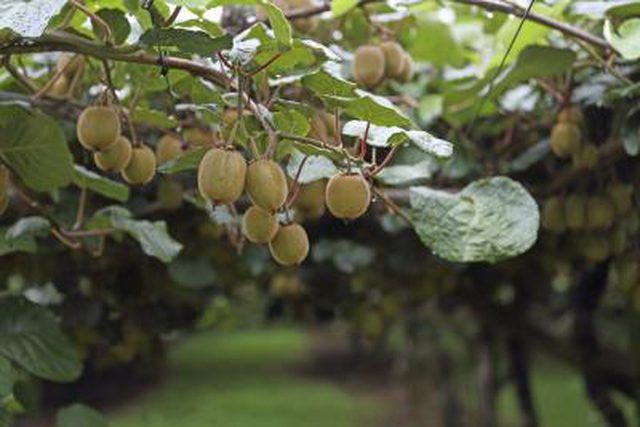
For pollination, males and females can stand a maximum of 35 feet apart. Following pollination, the female kiwifruit tree bears fruit that grows rapidly to full size by mid-summer.
